
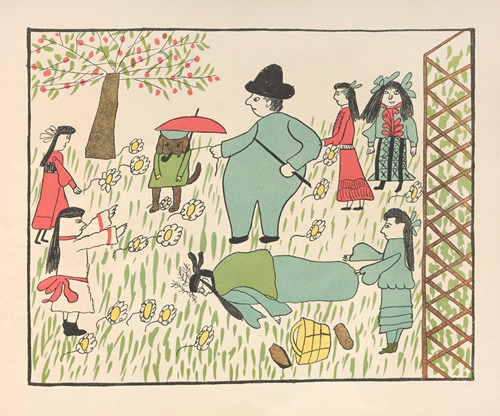
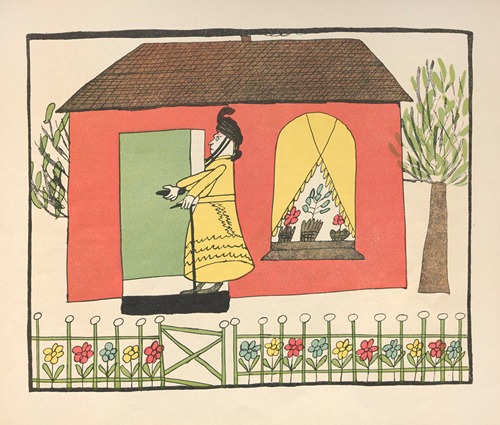

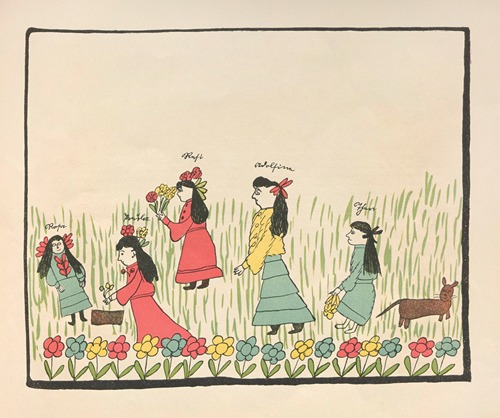
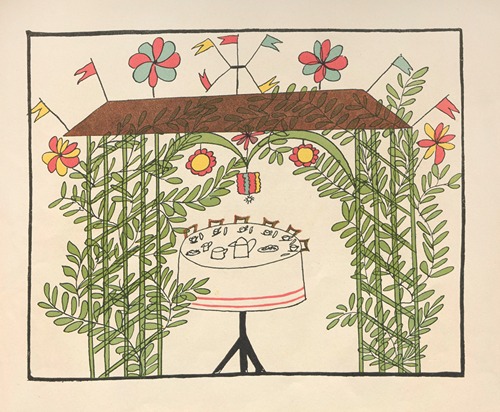
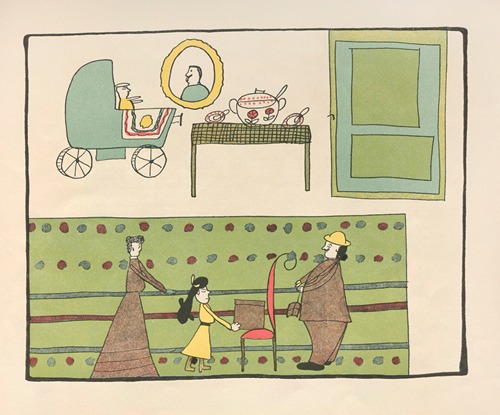
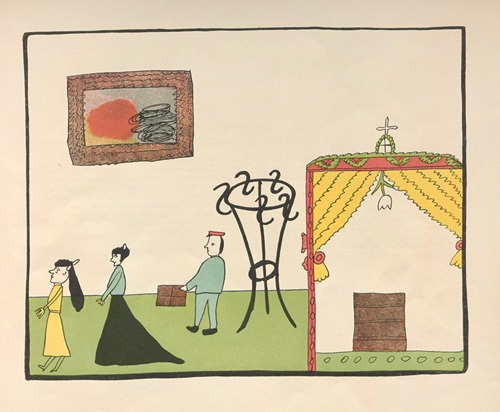
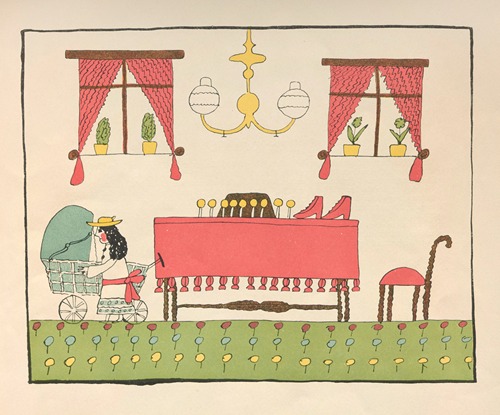
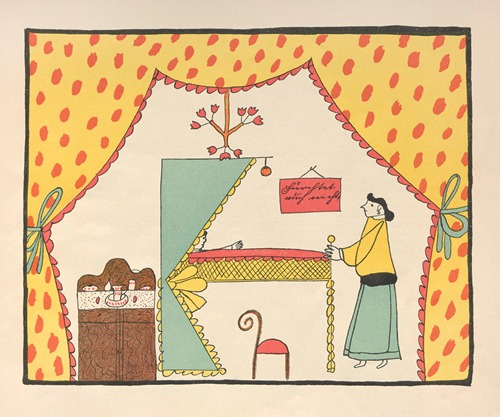
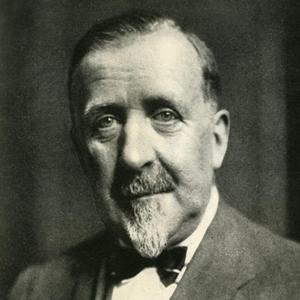

Heinrich Ludwig Friedrich Scharrelmann was a Bremen principal, educator and writer who promoted the idea of work and community schools and advocated a pedagogy that emphasized experience and home.
Scharrelmann, the son of a colonial goods merchant, attended the Bremen Teachers' College from 1886 to 1891. He was the brother of the educationalist and writer Wilhelm Scharrelmann. Scharrelmann worked as a primary school teacher in Bremen from 1891. In 1896, he married Antonie Isenbeck (1872-1927), with whom he had two sons and two daughters. Scharrelmann had been a member of the Good Templar Order since 1904.
Together with Fritz Gansberg, both of whom were influenced by the educationalist Georg Credner, he put the reform pedagogical approaches of the art education movement into practice in schools in the circle of Bremen reform teachers at the beginning of the 20th century.
In 1904, Scharrelmann called for art in schools to be seen as a formative principle of teaching (not religion) in the sense of a deepening of the art movement. He meant less an education in art than (teaching) art for the purpose of education. Scharrelmann was an opponent of conventional school supervision.
In the dispute about the raison d'être of religion in schools at the beginning of the 20th century, Scharrelmann put forward the thesis that religion should not be aimed at the cognitive acquisition of knowledge, but at the emotional preparation of a certain attitude towards the perception of the world. Since, in his opinion, this can and should be initiated in all subjects, there is no need for a separate lesson for the subject of religion. All teaching should be religious education.
Scharrelmann and his fellow campaigners brought about a pedagogical and political radicalization of Bremen's primary school teaching staff. He was co-founder and director of the magazine Roland.
Scharrelmann's work - like almost all reform pedagogy - is characterized by considerable ambivalence. His work in the field of German lessons and local history lessons was of particular importance. Key factors influencing his thinking were the art education movement, the homeland movement and the life reform movement.
Critics criticized Scharrelmann for a discrepancy between theory and personal practice as well as impulsiveness and a certain need for recognition.
In 1909, Scharrelmann voluntarily resigned from the teaching profession in Bremen, waiving his pension, after being sentenced to a heavy fine in disciplinary proceedings for unauthorized teaching experiments, and moved to Kressbronn. In 1909, he took over the editorship of the magazine Reformer Roland. In 1910, he moved to Hamburg to teach at a private girls' school. In 1913, he went to a school in Ludwigshafen on Lake Constance as a private teacher, but returned to Bremen in 1915. In 1916/17 he served as a soldier in Lorraine. He then worked briefly at a reform school in Mainz and later as a telephone stenographer for a Bremen newspaper.
In 1919, Scharrelmann was once again employed in the Bremen primary school system. From 1920, he was principal of the Schleswiger-Straße experimental school, a free-spirited socialist community school in Bremen, where he applied the ideas of experiential education. After conflicts with the teaching staff due to his turn towards a religious-mythical interpretation of the world, he left his post in 1921. He was retired in 1927.
Scharrelmann believed he could realize his reformist ideas in the National Socialist Teachers' League (NSLB) and in the NSDAP. He took part in National Socialist agitations from 1931. From March to May 1933, he was briefly a specialist advisor for the elementary school system in Bremen. However, his work was probably limited to "cleaning up" school libraries. He resigned from the party in 1939.
Scharrelmann was buried in Ludwigshafen on Lake Constance.









